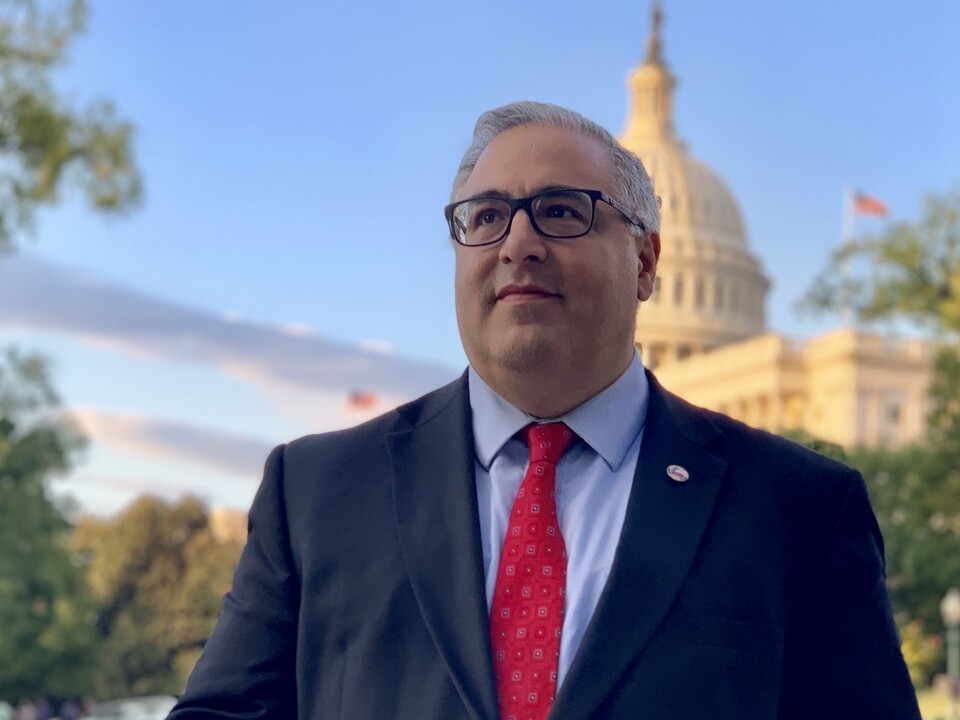Diaspora: identity, trust, engagement infrastructure and socio-economic development in the homeland
Abstract
“Oh, but you don’t exactly look Armenian,” an Armenian lady (who turned out to be a fellow New Yorker), exclaimed with surprise midway into conversation with me while on a packed Paris to Yerevan flight. I took no offense. I knew exactly what she meant. The stereotypes that continue to dominate Armenian diaspora communities can be quite powerful. I am part of the Eastern Armenian “new” and post-early 1990s migration wave. She, on the other hand, born and raised in the U.S., comes from what we might call the Western Armenian “old” diaspora formed by migrations from the historic homeland before or immediately after the 1915 Armenian Genocide.
At that moment, perhaps, dressed in the usual New York style (you know the rule—at least one item of dark clothing at all times), busy on my laptop while the flight was still boarding, and despite what I thought was my distinctly Armenian appearance, for her I did not look or sound like a typical “new” implant to the traditional diasporic community of the West. I did not pursue an in-depth questioning on that topic. It was not the first time such an assumption was made about me.
Read full article here.




